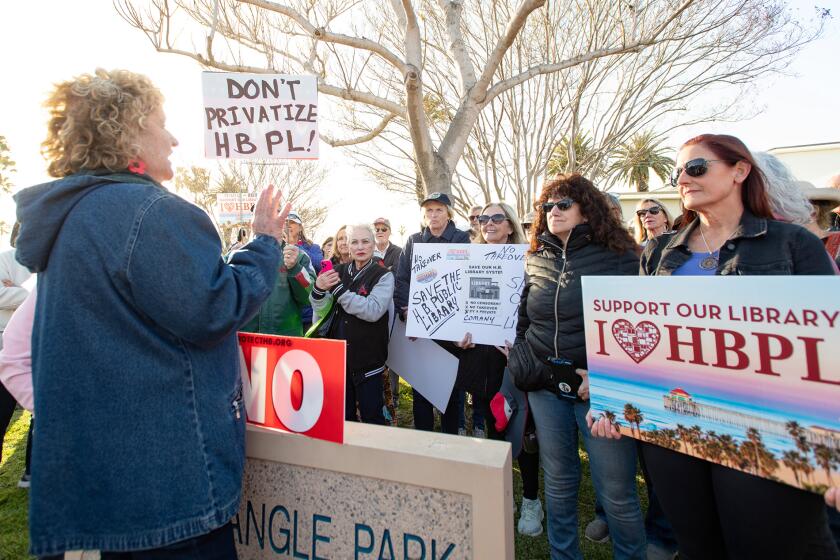On Faith: A look behind the meaning of Valentine’s Day
EDITOR’S NOTE: The God Squad will return next Saturday.
*
Many people will celebrate Valentine’s Day either a day early or on Monday, Feb. 14. Florists, those in the chocolate business, winemakers and restaurant owners are very fond of this celebration. Today, I hope to look at the religious roots of Valentine’s Day and make some observations on marriage in general.
We are aware of three different versions of who Saint Valentine was. One version has him as a priest in the Roman Empire who helped persecuted Christians during the reign of Claudius II (268-270). For his efforts, he was thrown in jail and beheaded on Feb. 14.
Version No. 2 has him as the bishop of Terni, Italy, who was beheaded during the reign of the same emperor. The third version has him as a man who was beheaded for secretly marrying couples when marriage was forbidden. Due to the uncertainty of the facts, the Catholic Church no longer officially honors this saint in our liturgical calendar.
Pope Gelasius I (492-496) “baptized” an ancient Roman festival known as Lupercalia. For 800 years, the Romans dedicated this day to the ancient god Lupercus.
Before it was changed by the pope, the Roman custom was for young men to draw the name of a young woman in a lottery and then keep her as a sexual companion for a year. Gelasius decided to change the lottery a bit: both young men and young women would draw the name of a saint whom they would try to emulate for the year. The patron of this feast became St. Valentine, and Roman men would send cards and notes of affection to women on this day.
It is not uncommon for couples to exchange wedding vows on Valentine’s Day. The wedding day should be a time of great joy for everyone involved, even though the stress leading up to the big event can take its toll.
Man and woman were made for one another by God from the very beginning. They are to mutually give oneself to the other as they are no longer two, but one flesh.
People tend to marry because they are “in love.” But what does this word “love” mean?
In English, the word is used to describe a plethora of things. One can love the sausage at Sabatino’s or the car one drives, but this is not the same type of love a man should have for his wife or that a wife should have for her husband.
There are four words in Greek to express the one word we use universally in English. “Storge” means “affection.” “Philia” means “friendship,” or “brotherly love.” The word “Philadelphia” has Greek roots and means “brotherly love.”
“Eros” is passionate love or intimate love, though it is not necessarily sexual in nature. “Agape” is the highest form of love. It is the love described in 1 Corinthians 13, which is often heard at weddings.
St. Paul tells those living in Corinth what love is and what it is not. It is patient, kind, truthful, unselfish, trusting, believing, hopeful and enduring. It is not jealous, boastful, arrogant, rude, selfish or angry. It is a selfless type of love that expects nothing in return.
This agape love describes well God’s love for us. We all fall short of agape love. But God’s love towards us never fails.
The perfect example of the highest form of love is that of Jesus Christ for his Church. When one gazes at a crucifix, one is reminded of the greatest sacrifice ever made. The sinless Son of God was willing to give His life so that we might attain eternal life.
When we think of this great sacrifice, any sacrifice we might have to make pales in comparison. Couples know well how often they must “die to self” for the good of the spouse or family. I pray that this agape, or “selfless” love may be present in every marriage.
FATHER STEPHEN DOKTORCZYK is the parochial vicar at St. Joachim Church in Costa Mesa.
All the latest on Orange County from Orange County.
Get our free TimesOC newsletter.
You may occasionally receive promotional content from the Daily Pilot.



